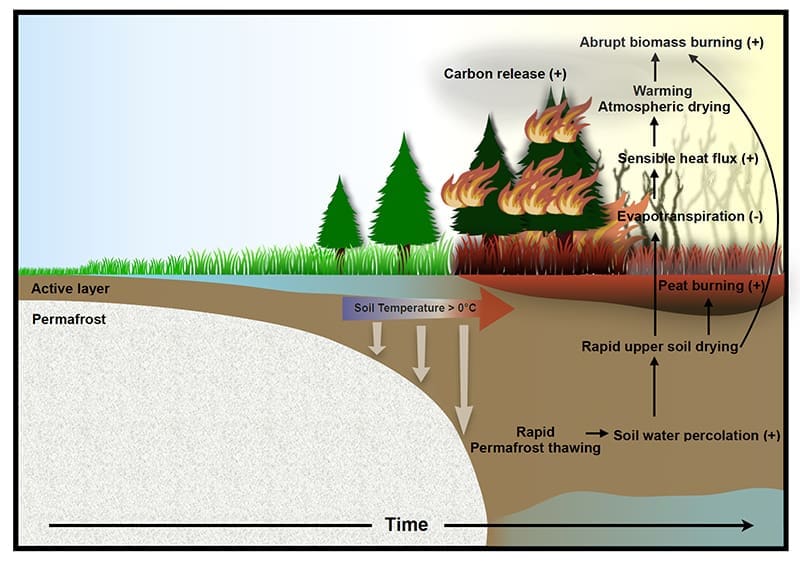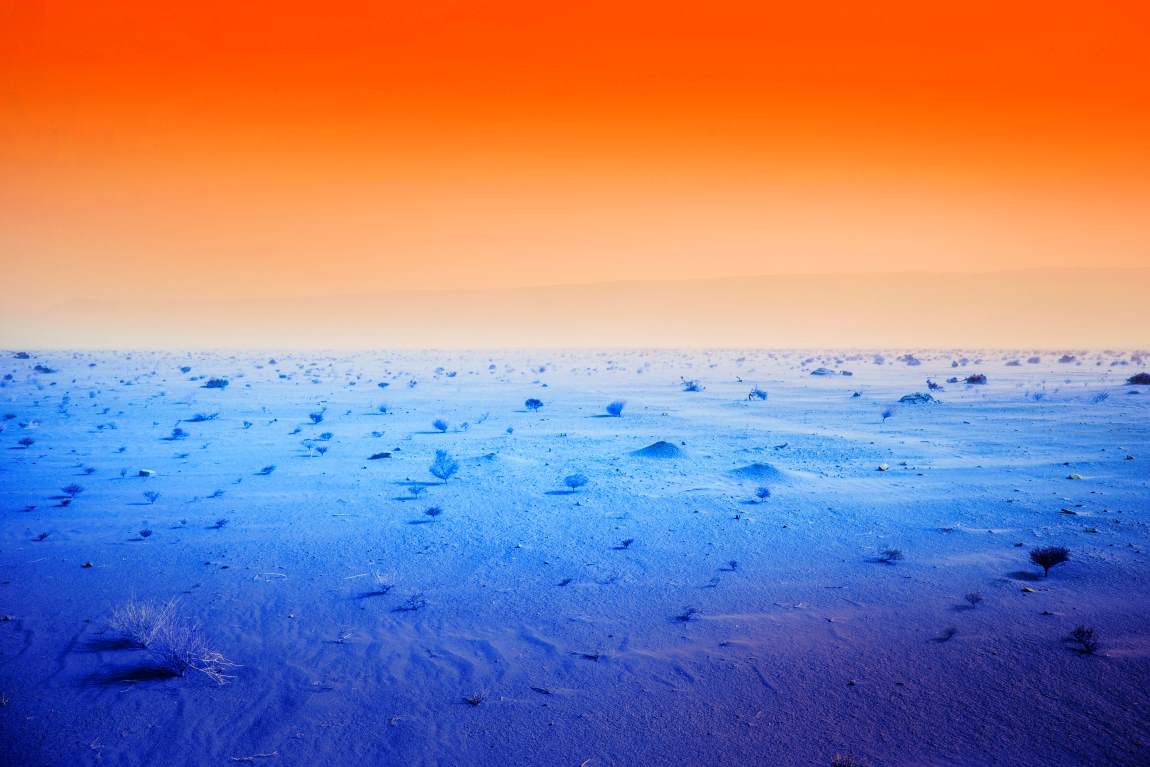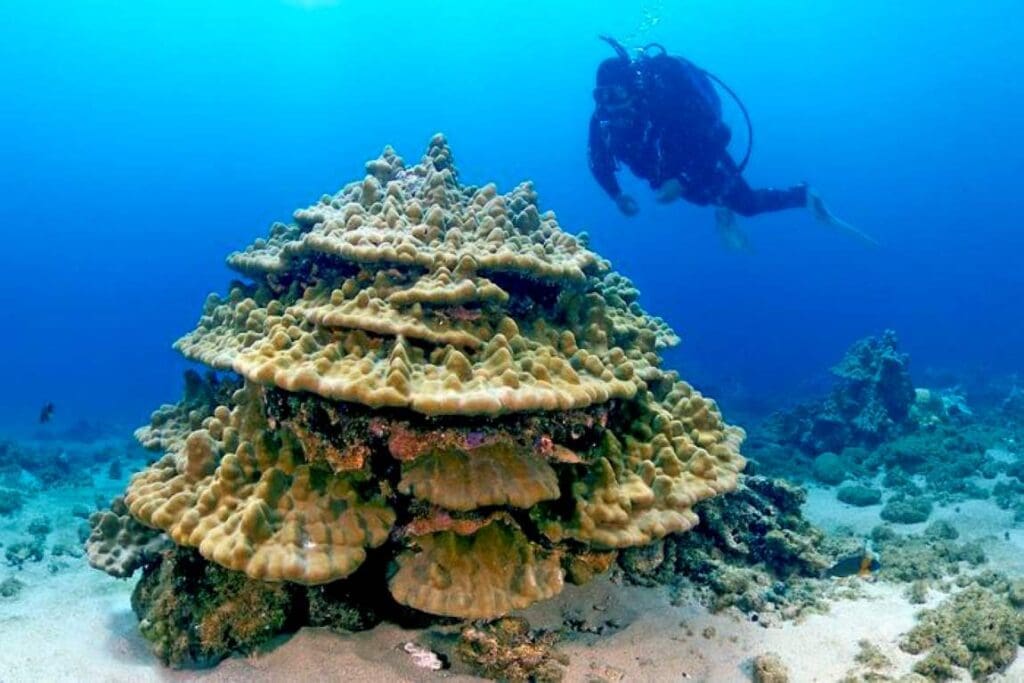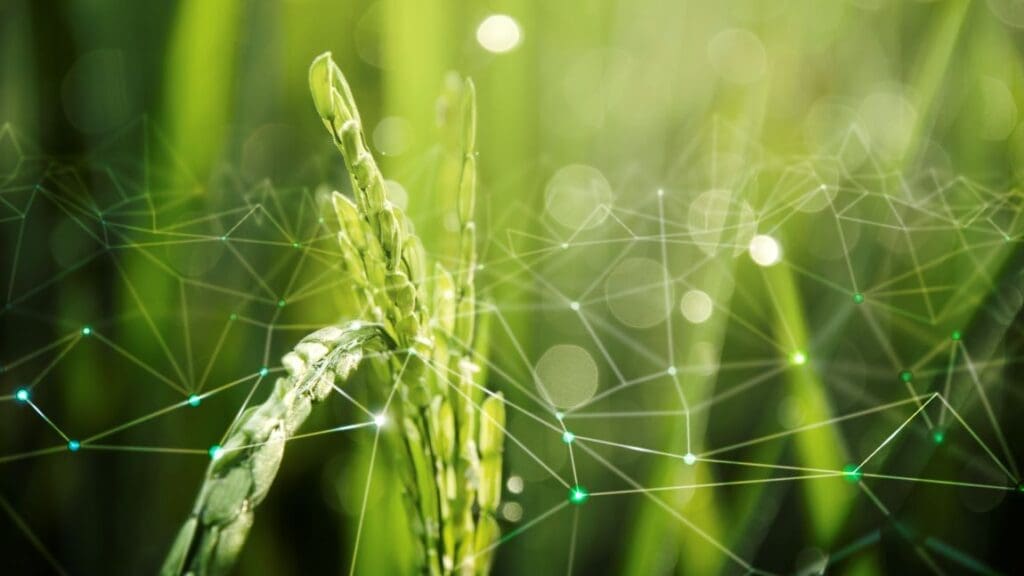A new study predicts that global warming will accelerate the thawing of permafrost, leading to a dramatic rise in wildfires across northern regions, including the Subarctic and Arctic areas of Canada and Siberia.
Published in Nature Communications, the research offers an alarming forecast: permafrost thawing will become a major driver of wildfire activity in these regions, severely amplifying fire occurrences by the mid to late 21st century.
The study’s international team of climate scientists and permafrost experts used advanced climate models to simulate how future anthropogenic warming will affect the frequency of wildfires. The findings emphasize the critical role of permafrost thawing in controlling soil moisture, a key element influencing fire susceptibility.
“These conditions will intensify wildfires,” explains Dr. In-Won Kim, lead author of the study and a postdoctoral researcher at the IBS Center for Climate Physics in Busan, South Korea.

According to recent observations, warmer and drier conditions are already contributing to the intensification of wildfires in the Arctic. However, past climate models had not fully accounted for the interplay between global warming, permafrost thawing, and soil moisture dynamics, all of which are crucial for understanding future fire risks.
This study utilized the Community Earth System Model, one of the most comprehensive climate simulation tools, capable of capturing the complex interactions between soil moisture, permafrost, and wildfires. By examining data from an ensemble of 50 climate simulations, covering the period from 1850 to 2100 CE under the SSP3-7.0 greenhouse gas emission scenario, the researchers explored how human-induced climate change would influence wildfire patterns.
The simulations indicated that by the latter half of the 21st century, large-scale permafrost thawing will significantly dry out soils in many regions. In some areas, water previously stored in frozen ground will drain away, leading to rapid declines in soil moisture, increased surface warming, and heightened atmospheric drying. These factors, in combination, create ideal conditions for more intense wildfires.
The results show an alarming potential for an ‘abrupt switch’ in wildfire behavior. “In the second half of this century, our model simulations show an abrupt switch from virtually no fires to very intensive fires within just a few years,” says Kim. This means that certain areas, which currently see little to no fire activity, could rapidly experience widespread, destructive wildfires as the climate continues to warm.
This phenomenon is further compounded by the anticipated rise in vegetation biomass in these northern latitudes. Increased atmospheric CO2 concentrations are expected to stimulate plant growth, a process known as the CO2 fertilization effect. While this may sound beneficial in terms of greenery, it also means more fire fuel will be available when conditions become more favorable for burning.
The researchers stress the need for more detailed simulations to better predict how permafrost thawing and fire activity will evolve.
“To better simulate the future degradation of the complex permafrost landscape, it is necessary to further improve small-scale hydrological processes in earth system models using extended observational datasets,” says Associate Professor Hanna Lee, co-author of the study from the Norwegian University of Science and Technology in Trondheim, Norway.
As wildfires rage across northern landscapes, they release significant amounts of carbon dioxide and black and organic carbon into the atmosphere, which, in turn, further contribute to global warming. This feedback loop—wildfires exacerbating climate change, which then accelerates permafrost thawing and creates conditions for more fires—presents a vicious cycle for these vulnerable ecosystems.
Prof. Axel Timmermann, director of the IBS Center for Climate Physics and co-author of the study, notes that further refinement of climate models is crucial for future research. “Interactions between fire emissions and atmospheric processes have not been fully integrated into earth system computer models yet. Further consideration of this aspect would be the next step,” he says.
The study’s findings underline the escalating risks of northern wildfires due to human-driven climate change. As permafrost thawing accelerates, wildfires may intensify abruptly, presenting new challenges for communities, ecosystems, and global climate efforts. Addressing these risks requires urgent action to both mitigate greenhouse gas emissions and enhance predictive models that can inform better preparation and response strategies.
Journal Reference:
In-Won Kim, Axel Timmermann, Ji-Eun Kim, Keith B. Rodgers, Sun-Seon Lee, Hanna Lee, and William R. Wieder, ‘Abrupt increase in Arctic-Subarctic wildfires caused by future permafrost thaw’, Nature Communications 15, 7868 (2024). DOI: 10.1038/s41467-024-51471-x
Article Source:
Press Release/Material by Institute for Basic Science, South Korea
Featured image credit: Freepik




